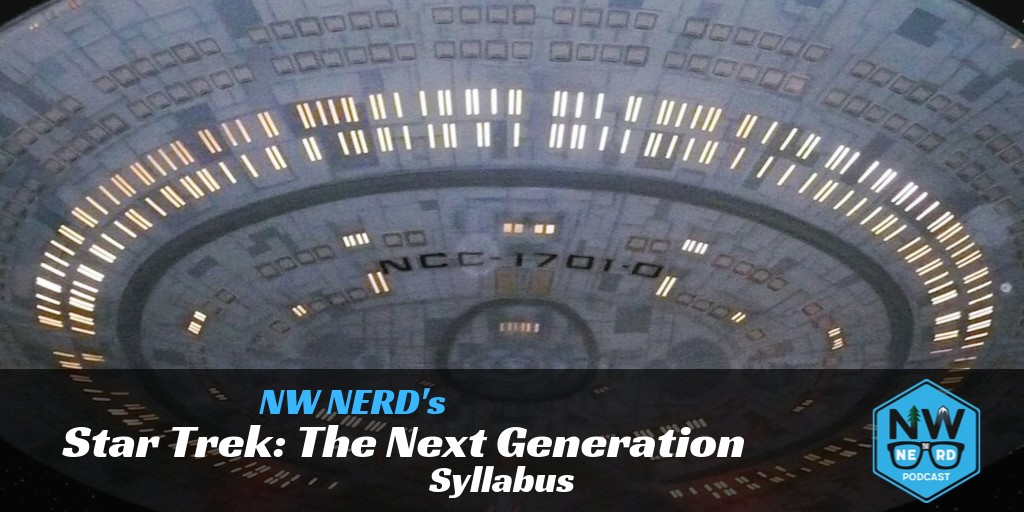Review: The good, the bad, and the ugly of Zack Snyder’s Justice League
Let’s flash directly to the point. Is Zack Snyder’s Justice League, aka the Snyder Cut, a good movie? Is it worth your time to watch?
Answer: Yes.
This must come with some context. Since Snyder’s previous DC films have only risen to the level of “meh,” it’s really only up from there. Many critics (myself included) have anticipated the Snyder Cut with skepticism. DC films have been known for their disappointment. And with years of hype surrounding Snyder and his unfulfilled vision, a mystery has grown around this film and its director. Would it really have been different, even better, with Snyder’s influence?
In the case of Zack Snyder’s Justice League, it rises to up, up and away, from previous disappointment, leaving my usual harsh criticisms, almost, behind.
The good
With Zack Snyder’s Justice League, the director finally pulls together a coherent, engaging story. This version manages to balance multiple characters and storylines. Despite seeing a version of it already, audiences can look forward to a film with a solid foundation and a (mostly) pleasant delivery.
Audio and music are also notably well done. As are the performances of the ensemble cast with Ben Affleck, Henry Cavil, Ray Fisher, Gal Gadot, Ezra Miller, and Jason Momoa.
It’s odd to say, but maybe over four hours is what Snyder needed this whole time to give proper attention to each storyline (Batman v Superman was about 2.5 hours, Man of Steel was 2 hours and 23 minutes). Unlike his previous DC films, this installment flows much better between the characters. The various storylines don’t feel as sped up, tangled, and flimsy; a significant problem with previous DC films.
The bad and the ugly
Justice League still has its problems – the usual critiques I have hurled at Snyder for years. There is an over reliance on CGI and green screens. Some feel this is visually appealing. I find it cartoonish and sloppy. The overuse of slow motion for dramatic effect only exacerbates this issue.
As Avatar has taught us, it is possible to make a visually stunning, terrible film. And while the Snyder Cut doesn't sink to Avatar’s level, it still has too much digital distraction. Since Snyder got between $40-$70 million to complete this version, it feels that much worse.
A worse offense, as with his past films, is the sometimes poorly-written dialogue which feels childish. This is partially why his characters have come off as shallow and undeveloped in the past. There’s plenty of cheesy lines here that rise to the level of a 5-year-old bashing together their action figures (which pretty much sums up a lot of Snyder’s superhero films).
And for fans who have not appreciated the darker tone of Snyder’s DC films, they will not find any relief here. I actually like this approach to the DC universe and am happy Snyder has at least attempted to work within this frame.
Another aspect of the story that may divide fans is the villain, Steppenwolf. Snyder offers a different presentation here. And I can’t believe I’m saying this, but I prefer Whedon’s bad CGI villain to Snyder’s bad CGI villain.
And finally, we get it. Superman dies and comes back to life. Can filmmakers quit with the Christ metaphors. It’s just too easy and frankly quite lazy.
Back to the good and bad, with some light spoilers
Overall, Zack Snyder’s Justice League is the best DC film he has delivered. In my opinion, it comes in just under Wonder Woman as the second-best DC film in its universe (Man of Steel, Auquaman, Wonder Woman).
In fact, it’s better than the 2017 version of Justice League, which was much shorter and completed by an entirely different director. Joss Whedon entered late in the filming process to complete the 2017 version when the original director, Snyder, had to leave for personal reasons. Whedon conducted a series of reshoots and trimmed quite a bit out of Snyder’s vision. Whedon’s changes cost an additional $25 million, which ultimately gave us a terrible CGI upper lip for Superman. Given this backstory, it is difficult not to compare these two versions of Justice League.
The core story remains the same across 2017’s version and the Snyder Cut. Whedon was working with Snyder’s material, after all. Don’t let this discourage you. Audiences can expect a few additional twists that provide a greater foundation for the story, and a broader understanding of what is actually going on. This Justice League is built further out. There’s room to breathe.
This is particularly noticeable with Cyborg, whose personal story aligns heavily with the main plot. Cyborg’s story was also present in Whedon’s version, but that film centered more heavily on Superman. Cyborg’s contribution was trimmed down considerably. The expansion of this character is a welcome treat in the Snyder cut and it’s a big reason the updated version works as well as it does. Zack Snyder’s Justice League is in many ways Cyborg’s film.
And now knowing the potential for Cyborg in this story, and becoming aware of his absence in Whedon’s version, it partially explains why the 2017 film feels so flat. Audiences already spent time with Batman, Superman, and Wonder Woman. They were already coming back for them. There wasn’t as much of a need to focus as heavily on their stories. But that’s what Whedon offered. Snyder takes us further with Cyborg as well as with the Flash (there is real potential with this Flash and wish he could have been expanded a little more too).
I could say plenty about all the bad in this film. This time, however, these factors are not enough to keep Zack Snyder’s Justice League from being an enjoyable watch.
Is it an epic great film? No. But it is a good ride. Out of an N E R D, I give it an NE and half an R.


